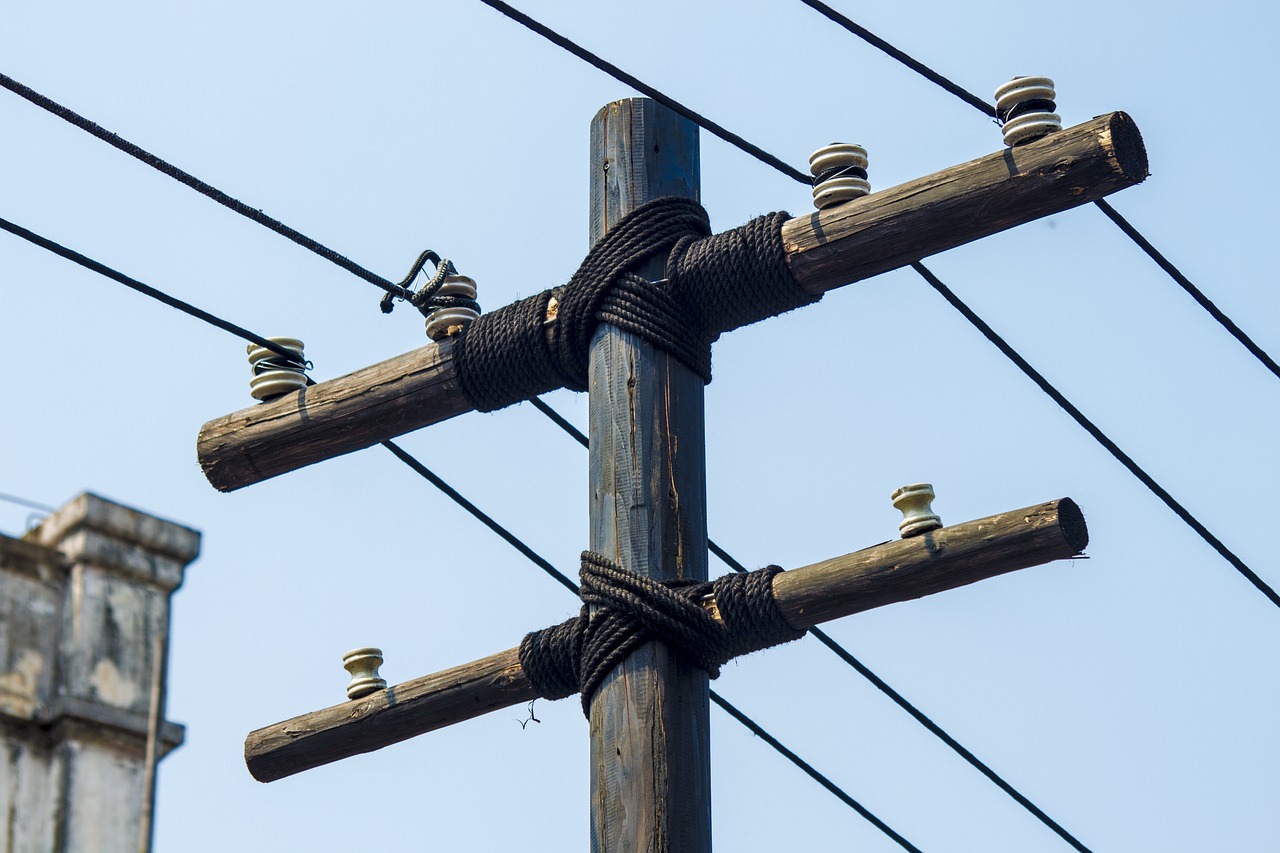Mother Nature whoops up on telephone poles… Like the whoopin’ you took when your buddies heard Taylor Swift playing in your truck. C’mon dude.
Telephone poles stand silently along roadsides, serving as the unsung heroes of modern communication infrastructure. These tall structures, often taken for granted, are made from a variety of tree species carefully chosen for their strength, durability, and resistance to decay. Let’s delve into the types of trees commonly used in telephone pole production:
**Southern Yellow Pine:** Widely regarded as the gold standard in telephone pole construction, southern yellow pine boasts exceptional strength-to-weight ratio and natural resistance to decay. Its abundant availability and relatively low cost make it a preferred choice for utility companies across the United States.
**Western Red Cedar:** Known for its natural resistance to insects and decay, western red cedar is another popular choice for telephone pole production, especially in the western United States and Canada. Its straight grain and high strength properties make it ideal for withstanding the rigors of outdoor exposure.
**Douglas Fir:** Prized for its exceptional strength and stiffness, Douglas fir is often used in areas where extreme weather conditions are common. Its ability to withstand high winds and heavy loads makes it suitable for supporting communication lines in challenging environments.
**Lodgepole Pine:** Native to the western regions of North America, lodgepole pine is valued for its straight growth and resistance to decay. It is commonly used in areas where environmental factors such as moisture and temperature fluctuations pose challenges to pole longevity.
